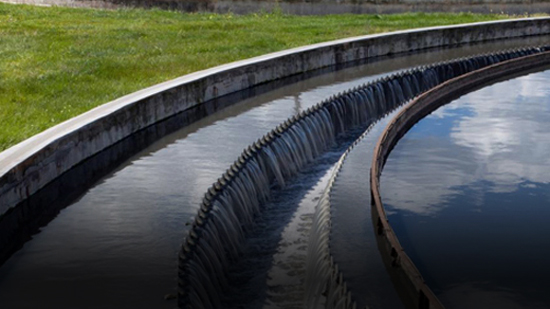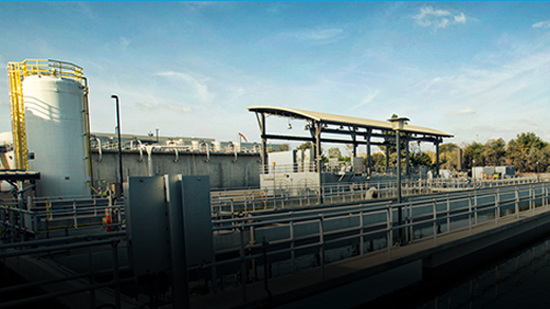Benefits of Budget-Based Rates
Overall, some benefits of BBRs include:
- Promotes water use efficiency and manages water waste: Reducing water use (i.e., by increasing efficiency) is oftentimes the largest incentive for BBRs. By setting indoor and outdoor water budgets, customers are given individualized water consumption targets to aim for or risk financial penalty in the form of more expensive per unit water rates. These expensive tiers drive the management of water waste by penalizing wasters with higher water bills.
- SBx7-7 compliance: Water Conservation Act of 2010 (SBx7-7) is commonly known as 20% by 2020 and is broadly the mandate of reducing per capita water use by 20% from baseline use. Many agencies have seen a permanent reduction in residential water use after implementing BBRs, which aids in meeting the 2020 per capita water use target.
- Fairness and equity for customers: Fairness means using BBRs with a similar allocation methodology for all customer classes, which a number of agencies already have and most plan to roll out in the future. Equity, with regards to BBRs, means that every customer gets an individualized budget based on his or her own unique water needs. BBRs, with their ability to individualize budgets, is a solution for agencies with a wide range of customer characteristics.
- Stabilizes agency revenue: BBRs refer to the volumetrically-based, tiered rates portion of a water bill, as seen in Examples of Budget-Based Rates Tier Structures Most agencies with BBRs still have a fixed service charge, often based on meter size, to recover most of the fixed costs of running a water agency (e.g., infrastructure, salaries, debt repayment; fixed costs are almost always the majority of an agency’s costs). Discussion on BBRs focuses on the volumetric rates, as those drive conservation and rate setting decisions. Because of how BBRs allocate agency costs to the volumetric and fixed portions of the customer water bill, if a majority of agency fixed costs are recovered with the fixed meter charge, the remainder of fixed costs can be recovered via the efficiency tiers of the BBRs (i.e., the water budget tiers that most customers don’t exceed). Decoupling is the idea that agencies make money (i.e., fixed revenue) regardless of how much water customers use. This and other financial aspects of BBRs are discussed in Financial and Billing Information
- Customer engagement: With customers receiving individualized water budgets telling them how much water they should be using to be considered efficient users, customers are engaged with their water bills once they understand how their individual budgets are calculated and how exactly they are individualized based on how customers use water. When customers use less water (e.g., replace lawns with drought-tolerant landscaping), they pay less.
Examples of benefits are elaborated on in the section below and throughout the rest of the website.
A 2016 workshop on water pricing featured two presentations on BBRs, discussing WMWD’s experience (https://www.youtube.com/watch?v=SxPMAvgIeCo&t=102m5s) and study findings of conservation and welfare effects from a transition to BBRs (http://www.youtube.com/watch?v=AlPHe3eIxpo&t=2m38s).

Elsinore Valley Municipal Water District
Effectiveness of Budget-Based Rates

Irvine Ranch Water District
Effectiveness of Budget-Based Rates
